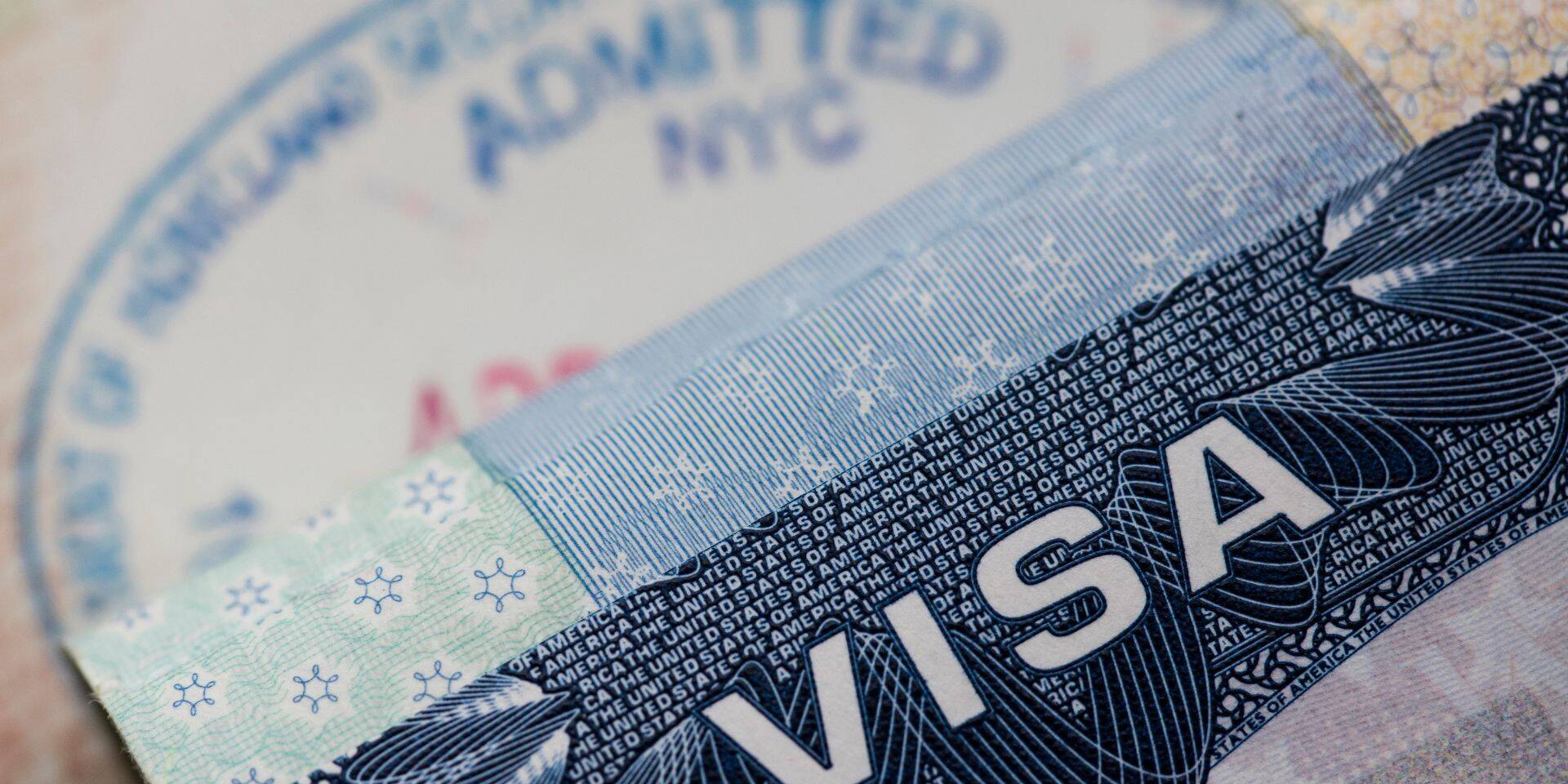The Centers for Disease Control (CDC) Title 42 public health order expired May 11, 2023, signaling a return to Title 8 for immigration processing. In an effort to promote and support lawful pathways to entry to the U.S., the lawful pathways final rule encourages migrants to follow safe, legal, and orderly processing. Individuals who pursue irregular entry face consequences that limit their current and future efforts to legally enter the U.S.
As previously noted, the Department of Homeland Security (DHS) introduced or expanded legal entry options. Included is a parole program for individuals from qualifying countries, seasonal employment availability expansion, tools for migrants to schedule an appointment in advance with an immigration official, and expanding refugee programs.
The Lawful Pathways Final Rule institutes a presumption of ineligibility for asylum for individuals who try to enter the U.S. without a legal basis from the southwest border or nearby coastal regions. Some exceptions apply, with certain specific requirements.
Lawful Pathways Overview
Noncitizens who pursue unauthorized entry to the U.S. from the southwest border or nearby coasts will be presumed ineligible for asylum when the following conditions exist.
- Those who traveled through a separate country prior to reaching the U.S. border without accessing existing legal processing in that country,
- Individuals who arrive to the U.S. border without a preset appointment scheduled through the CBP One app, or
- Migrants that have previously been denied asylum in a third country they traveled through prior to reaching the U.S. border.
There are limited exceptions to the presumption of ineligibility. Noncitizens can challenge the presumed denial status if they meet specific exceptions, noted below:
- Reasonable possibility of persecution or torture if they return to the country designated on removal, or
- Unaccompanied minors.
The presumption is time-limited to the 24-month period following the expiration of Title 42, in order to address the expected inflow of migrants after the policy ends.
Exceptions to Presumed Ineligibility
The ineligibility presumption does not apply to individuals who meet the following criteria.
- Individuals with prior authorization to travel to the U.S. per DHS-approved parole programs,
- Those who scheduled a time and place to present themselves at a specific port of entry through the CBP One app,
- Migrants who appear at a U.S. port of entry who demonstrate they were unable to schedule an appointment using the CBP One app due to technical, literacy, language barrier, or other serious issues,
- Their application for asylum was denied in a through country, while traveling to the U.S., or
- Children who are unaccompanied.
Challenging the Presumption of Ineligibility for Asylum
The presumption of asylum ineligibility can be challenged by noncitizens with exceptional situations. Individuals must prove that at the time of their unauthorized entry to the U.S., they are a member of their family who was traveling with them:
- Had a serious medical emergency,
- Faced an immediate and extreme threat to their safety or life, including kidnapping, torture, rape, or even murder, or
- Were a victim of trafficking as defined in 8 CFR § 214.11.
To challenge the presumption as outlined in this final rule, an asylum officer will evaluate the basis during the credible fear interview, which is reviewed by an immigration judge.
- If an asylum officer determines the noncitizen is not subject to the presumption of asylum ineligibility per any of the above, the credible fear interview follows existing processes and procedures, including determining if the individual is eligible for asylum, stopping the removal process, and Convention Against Torture (CAT) protection if the possibility is significant.
- If an asylum offers determines the noncitizen is not subject to the presumption of ineligibility for asylum, the officer then determines if the noncitizen is facing a reasonable possibility of torture or persecution in their country of removal. If found, the individual will receive a notice to appear before an immigration judge for removal proceedings.
If traveling with a family, if one member is exempt from the presumption or challenges the presumption, all family members will be treated in the same manner.
Consequences if Not Found Eligible for Asylum
Individuals will be promptly removed from the U.S. if they qualify for the presumption of ineligibility for asylum and do not qualify for any of the challenges. These individuals also face a five-year ban to reentry to the U.S. and possible criminal prosecution if they attempt to re-enter the U.S. within the five-year period. Individuals from countries with a parole program, including Cuba, Haiti, Nicaragua, and Venezuela, will also be found ineligible for the program.
End of the Transit Ban and Entry Ban
The DHS and DOS are also ending the transit ban and entry ban.
Presumption of Ineligibility for Asylum Timeline
This final rule is an emergency measure to respond to expected higher levels of noncitizens hoping to enter the U.S. with the ending of Title 42. The intention is to keep this final rule time-limited, and active over the 24-month period following the rule’s effective date. The presumption of ineligibility for asylum will continue to apply to noncitizens, even after the 24-month period.
If you have questions about asylum, your immigration status, or any other immigration-related issue, contact us at ILBSG. Our team of expert attorneys works with each client in their particular situation to ensure they get the right advice.
Related Posts
May 8, 2025
Immigration Officials used Criminal Database for Student Visa Terminations
DHS revealed they used the FBI-ran NCIC…
May 5, 2025
Big Tech Provides ICE with New Immigration Tracking Software
Federal officials are teaming up with a…


